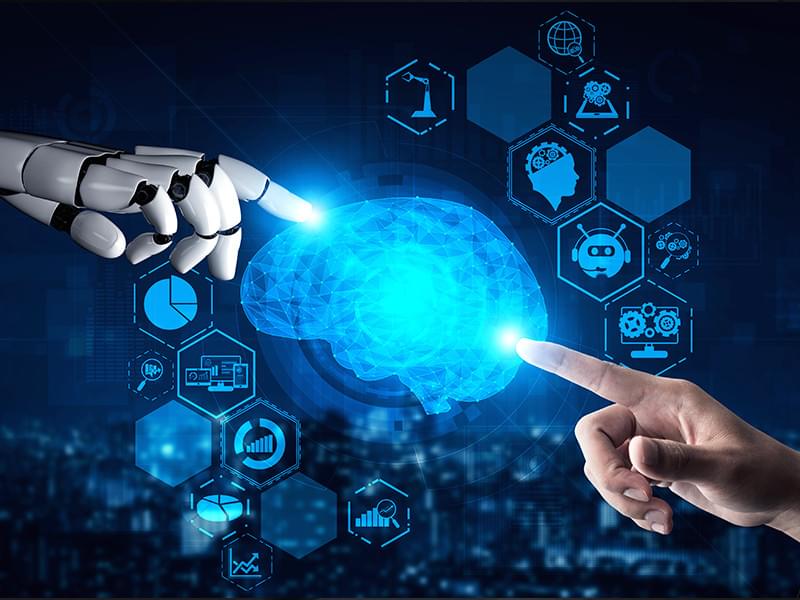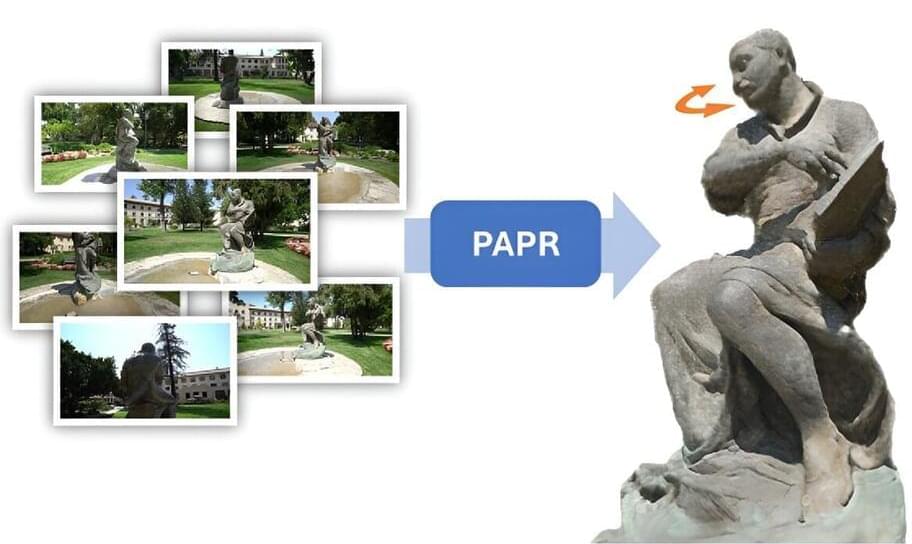The dangers of AI farming.
AI could lead to new ways for people to abuse animals for financial gain. That’s why we need strong ethical guidelines.
Virginie Simoneau-Gilbert & Jonathan Birch.


This article is almost a year old, yet still wildly interesting.
An MIT scientist developed a wearable BCI device that allows users to access the internet with their minds.
The wearable device records neural signals as and when a person hears or thinks of words.
Arnav Kapur, an India-born MIT student, has invented a device which can let you converse with machines and AI without speech, simply by ‘articulating words internally’

Don’t want Google’s experimental AI search feature embedded into your search pages? Too bad.
According to Search Engine Land, Google has started unleashing its AI-powered Search Generative Experience (SGE) product, which was previously available for users only on an opt-in basis, into the browsers of users who didn’t choose to partake in Google’s AI search experiment.
Google has defended the unsolicited SGE-ification of its platform, telling Search Engine Land that it’s thus far only incorporated SGE automatically into a “subset of queries” that take up a “small percentage of search traffic in the US” and arguing further that the rollout will allow them to glean feedback from the users who, again, didn’t elect to opt into the generative AI search service.

A movie released to critical acclaim has now been met with intense backlash after fans discovered it included AI-generated images.
Written and directed by siblings Cameron and Colin Cairnes, “Late Night With the Devil,” is a horror movie starring David Dastmalchian as a 70s talk show host. Through found footage, it shows a once “lost” live TV broadcast on Halloween, in which the evening’s guest, a young girl, claims to be demonically possessed.
Critics and audiences alike have raved about the movie since it premiered at the SXSW film festival — but that goodwill proved to be short-lived. In a scathing and now viral review shared on Letterboxd, a user called out the movie for having AI “all over” certain sequences, garnering thousands of likes and inciting tons of fiery discourse on other social media platforms.

A hot potato: A lot of companies try to assuage fears that employees will lose their jobs to AI by assuring them they’ll be working alongside the tech, thereby improving efficiency and making their duties less tedious. That claim feels less convincing in light of a new survey that found 41% of managers said they are hoping to replace workers with cheaper AI tools in 2024.
A report by Beautiful.ai, which makes AI-powered presentation software, surveyed over 3,000 managers about AI tools in the workplace, how they’re being implemented, and what impact they believe these technologies will have.
The headline takeaway is that 41% of managers said they are hoping that they can replace employees with cheaper AI tools in 2024. This backs up previous reports that looked at potential jobs losses caused by generative AI, including one from September that predicted the technology would replace over 2 million US jobs by 2030. An earlier study claimed that generative AI could affect 300 million jobs globally.

OpenAI has given a number of directors, production companies, and creative agencies early access to its Sora text-to-video generator — and the results range from astonishing to downright terrifying.
Toronto-based multimedia production company Shy Kids used the next-generation generative AI tool to come up with a whimsical short film about “Air Head,” a man who has a balloon instead of a head.
The short film is an impressive example of the tech’s capabilities, showing off Sora’s striking ability to generate relatively believable and photorealistic video footage in response to a text prompt.

If it walks like a particle, and talks like a particle… it may still not be a particle. A topological soliton is a special type of wave or dislocation that behaves like a particle: it can move around but cannot spread out and disappear like you would expect from, say, a ripple on the surface of a pond. In a new study published in Nature, researchers from the University of Amsterdam demonstrate the atypical behavior of topological solitons in a robotic metamaterial, something which in the future may be used to control how robots move, sense their surroundings, and communicate.
Topological solitons can be found in many places and at many different length scales. For example, they take the form of kinks in coiled telephone cords and large molecules such as proteins. At a very different scale, a black hole can be understood as a topological soliton in the fabric of spacetime. Solitons play an important role in biological systems, being relevant for protein folding and morphogenesis – the development of cells or organs.
The unique features of topological solitons – that they can move around but always retain their shape and cannot suddenly disappear – are particularly interesting when combined with so-called non-reciprocal interactions. “In such an interaction, an agent A reacts to an agent B differently to the way agent B reacts to agent A,” explains Jonas Veenstra, a PhD student at the University of Amsterdam and first author of the new publication.

Imagine performing a sweep around an object with your smartphone and getting a realistic, fully editable 3D model that you can view from any angle. This is fast becoming reality, thanks to advances in AI.
Researchers at Simon Fraser University (SFU) in Canada have unveiled new AI technology for doing exactly this. Soon, rather than merely taking 2D photos, everyday consumers will be able to take 3D captures of real-life objects and edit their shapes and appearance as they wish, just as easily as they would with regular 2D photos today.
In a new paper appearing on the arXiv preprint server and presented at the 2023 Conference on Neural Information Processing Systems (NeurIPS) in New Orleans, Louisiana, researchers demonstrated a new technique called Proximity Attention Point Rendering (PAPR) that can turn a set of 2D photos of an object into a cloud of 3D points that represents the object’s shape and appearance.

In a recent study published in eBioMedicine, researchers evaluated proteomic signatures in blood plasma and cervicovaginal fluid for endometrial cancer detection.
Study: Detection of endometrial cancer in cervico-vaginal fluid and blood plasma: leveraging proteomics and machine learning for biomarker discovery. Image Credit: mi_viri/Shutterstock.com.